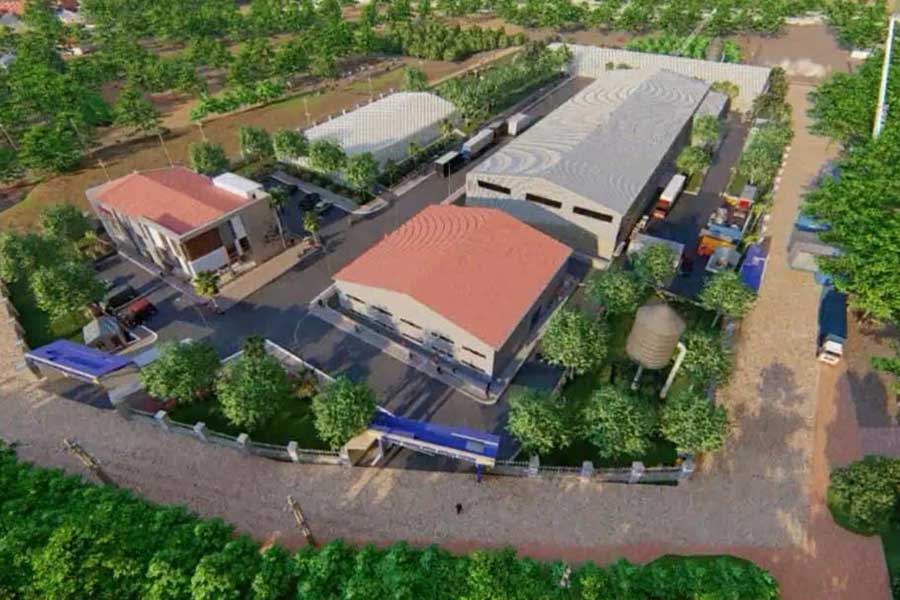
Fortune News | Dec 12,2020
Aug 26 , 2023
By Desalegn Tegabu
The rise of community schools in Ethiopia is not just a fleeting trend but a loud and timely call for the country. As the guardians of quality education, the onus is on policymakers, educators, and communities to rally behind these schools, writes Desalegn Tegabu (Phd). a public health expert with over a decade of experience in public health instruction, research and leadership. He can be reached at zdesalegn@gmail.com
In a twist of academic fate, community schools in Ethiopia are now at the forefront of the country's educational metamorphosis, overshadowing their public and private counterparts in recent school leaving examinations. The data from the last assessment indicates a near-zero failure rate among these community institutions — starkly contrasting with the alarming failure statistics from public establishments.
Even private institutions, despite their steep tuition fees, lag behind this new wave of community-centric education.
Surprisingly, university-affiliated community schools stand at the pinnacle of this success, demonstrating the potential benefits of a symbiotic relationship between higher education and primary schooling. For instance, universities in Gondar and Jimma founded affiliated community schools to retain staff who otherwise might have relocated to the capital for their children’s education.
These innovative establishments not only ascertain the success of the community school model but also signify its potential for broader academic, research, and entrepreneurial collaborations.
While still relatively sparse in number and predominantly located in Addis Abeba, the impact of the community schools goes beyond mere academic scores. Their core ethos—the seamless integration between schools, students, and parents—promises a generation of well-rounded, responsible citizens. They are strengthening the bond between parents and their children's education while extending their reach to offer essential services in health and welfare.
The holistic offerings are not merely to satisfy academic curiosities but to foster a new breed of citizens—well-educated, community-minded, and proactive. The potential is evident. Ethiopia has a golden opportunity to revolutionise its educational landscape, propelling students, families, and communities into a better future.
These community-focused establishments provide a unique blend of affordability and immersive engagement. Rooted deeply within their local communities, they prioritise a student-centric education model. Their curriculum not only caters to academic prowess; it nurtures every aspect of the student—mental, social, and physical.
The communal involvement results in an ecosystem that transcends the traditional confines of classrooms, instilling a profound sense of belonging and mutual responsibility among its stakeholders.
However, the success of these community schools is not an invitation to hastily replicate the model across Ethiopia. The establishment, let alone expansion, of this innovative approach is a complex undertaking. It demands a combination of open conversations, intricate examination of the strategy, and an adaptive approach that respects each community's unique requirements.
Herein lies a pivotal role for the Ministry of Education and regional education bureaus. Their collaborative response is essential in devising a clear, actionable blueprint for the nationwide adoption of the community-centric educational philosophy.
The sustainable growth of community schools hinges on three foundational pillars: a unified vision, cross-sector collaboration, and supportive government policies. The Ministry and other entities must formulate a collective mission prioritising student achievement, educator job prospects, and overall community upgrade.
This collaborative spirit should extend into policy-making. Land allocation for school infrastructure, accessible financial schemes, proficient technical backing, and streamlined establishment procedures are crucial areas that demand re-evaluation.
To fuel the dynamic engine of community schools, the authorities must consider a mix of innovative financial mechanisms. Whether through parent contributions, proactive community engagements, or the entrepreneurial ventures of auxiliary businesses, each penny funnelled into the community school system amplifies its transformative power.
Every change requires catalysts—individuals who challenge the status quo, innovate, and collaborate effectively. Community schools are no different. Their success and the broader adoption of their model rests on the shoulders of transformative leaders—within the educational institutions and the community at large.
For those of us in the arena of education advocacy, the onus is on us. We must champion these community schools, advocating for a detailed blueprint, growth-friendly policies, innovative financing, and, most importantly, the cultivation of visionary leadership.
As we rally behind this cause, we do not just advance education; we uplift entire communities and sculpt the future of Ethiopia. The promise of community schools is expansive; however, the potential is boundless.
PUBLISHED ON
Aug 26,2023 [ VOL
24 , NO
1217]


Fortune News | Dec 12,2020

Radar | Nov 12,2022
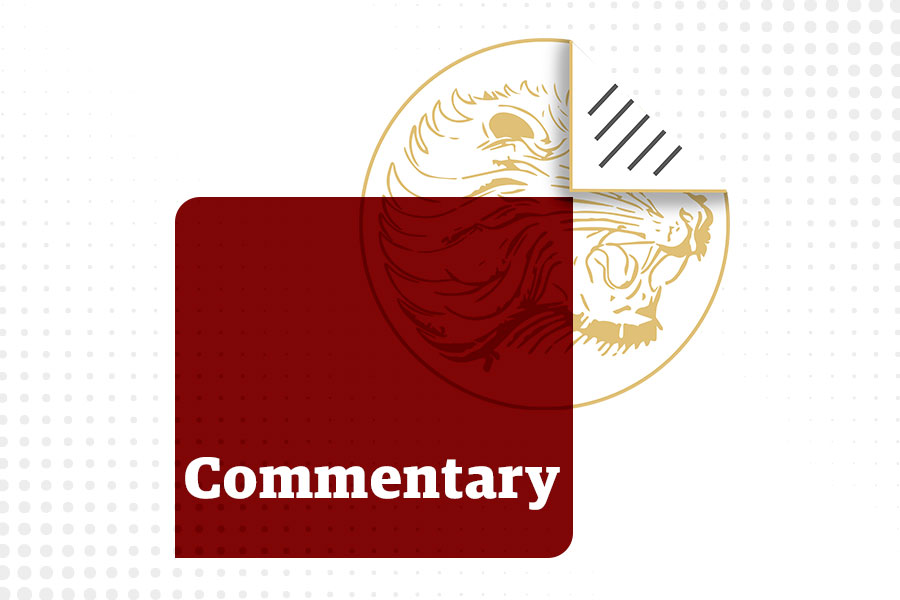
Commentaries | Feb 27,2021
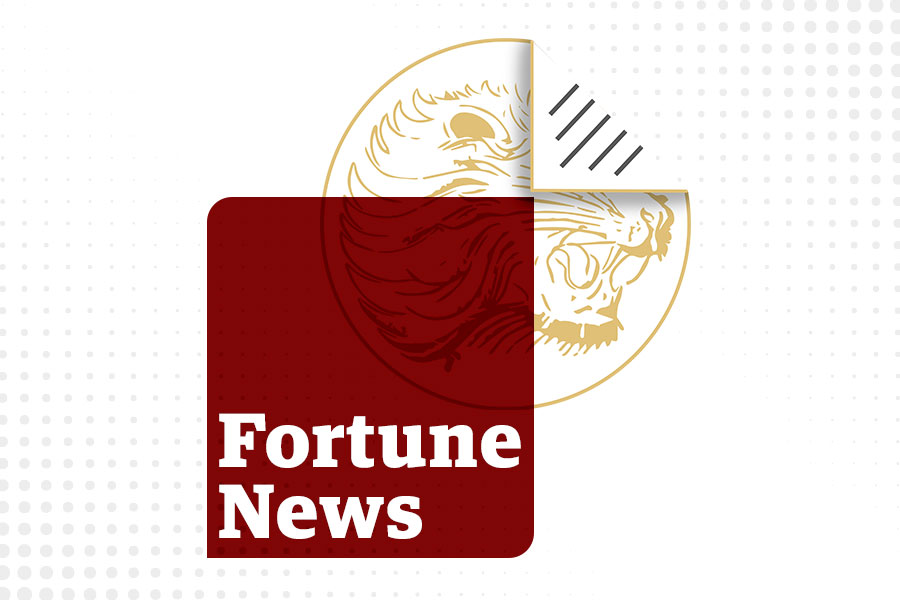
Fortune News | Feb 15,2020

Exclusive Interviews | Jun 24,2023
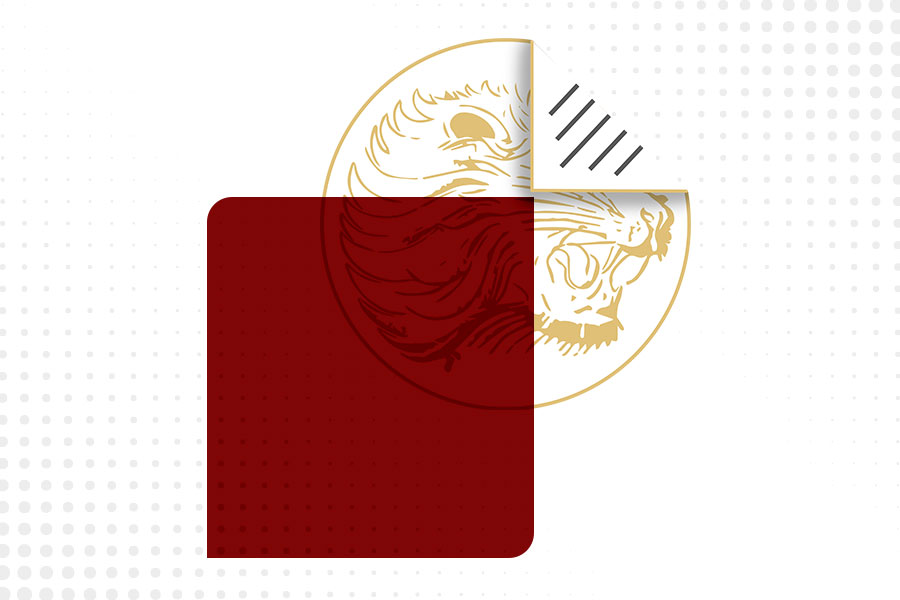
Radar | Oct 09,2021
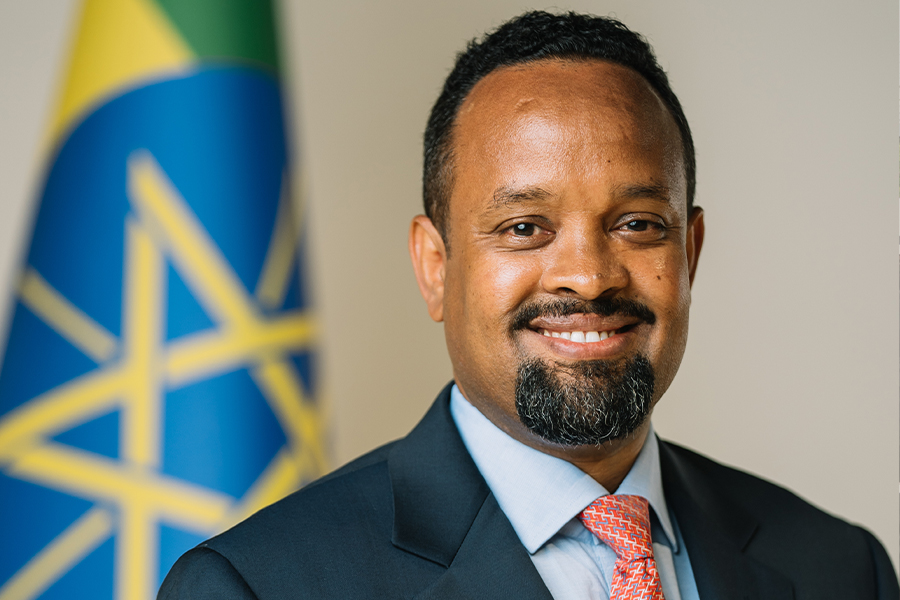
Fortune News | Oct 05,2025

Radar | May 16,2020

Editorial | Mar 19,2022

Commentaries | Apr 26,2019

Photo Gallery | 178066 Views | May 06,2019

Photo Gallery | 168276 Views | Apr 26,2019

Photo Gallery | 159030 Views | Oct 06,2021

My Opinion | 137044 Views | Aug 14,2021
Commentaries | Oct 25,2025
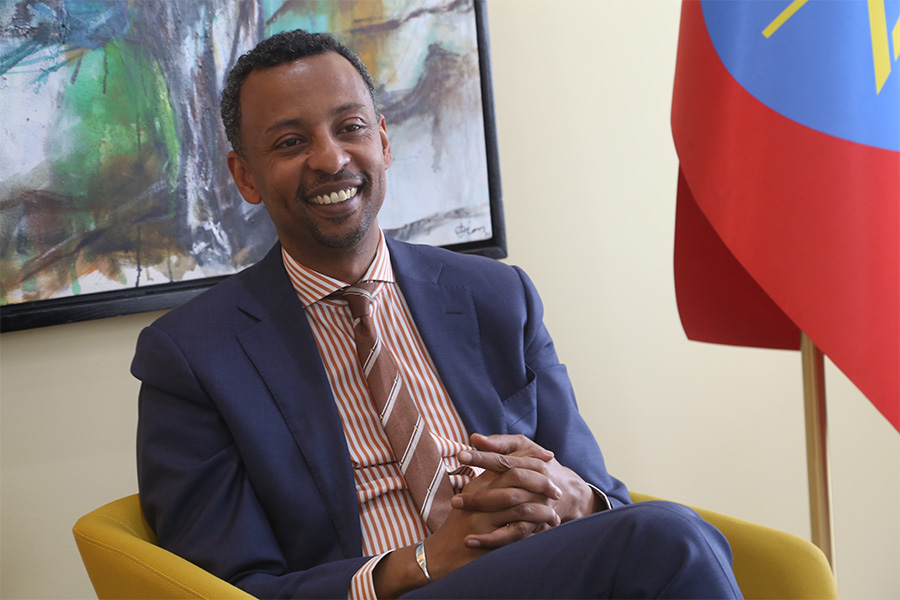
Dec 22 , 2024 . By TIZITA SHEWAFERAW
Charged with transforming colossal state-owned enterprises into modern and competitiv...

Aug 18 , 2024 . By AKSAH ITALO
Although predictable Yonas Zerihun's job in the ride-hailing service is not immune to...
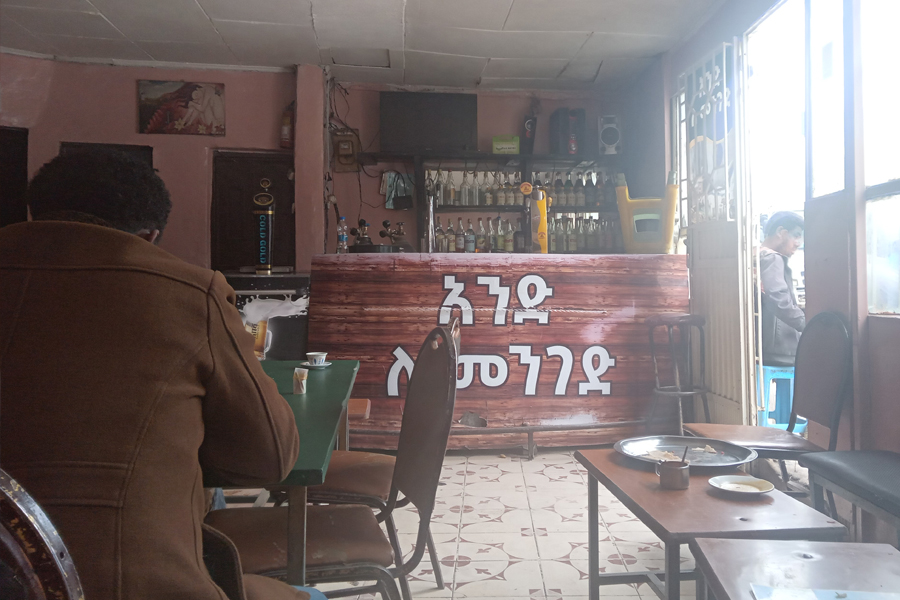
Jul 28 , 2024 . By TIZITA SHEWAFERAW
Unhabitual, perhaps too many, Samuel Gebreyohannes, 38, used to occasionally enjoy a couple of beers at breakfast. However, he recently swit...

Jul 13 , 2024 . By AKSAH ITALO
Investors who rely on tractors, trucks, and field vehicles for commuting, transporting commodities, and f...

Oct 25 , 2025
The regulatory machinery is on overdrive. In only two years, no fewer than 35 new pro...

Oct 18 , 2025
The political establishment, notably the ruling party and its top brass, has become p...

Oct 11 , 2025
Ladislas Farago, a roving Associated Press (AP) correspondent, arrived in Ethiopia in...

Oct 4 , 2025
Eyob Tekalegn (PhD) had been in the Governor's chair for only weeks when, on Septembe...
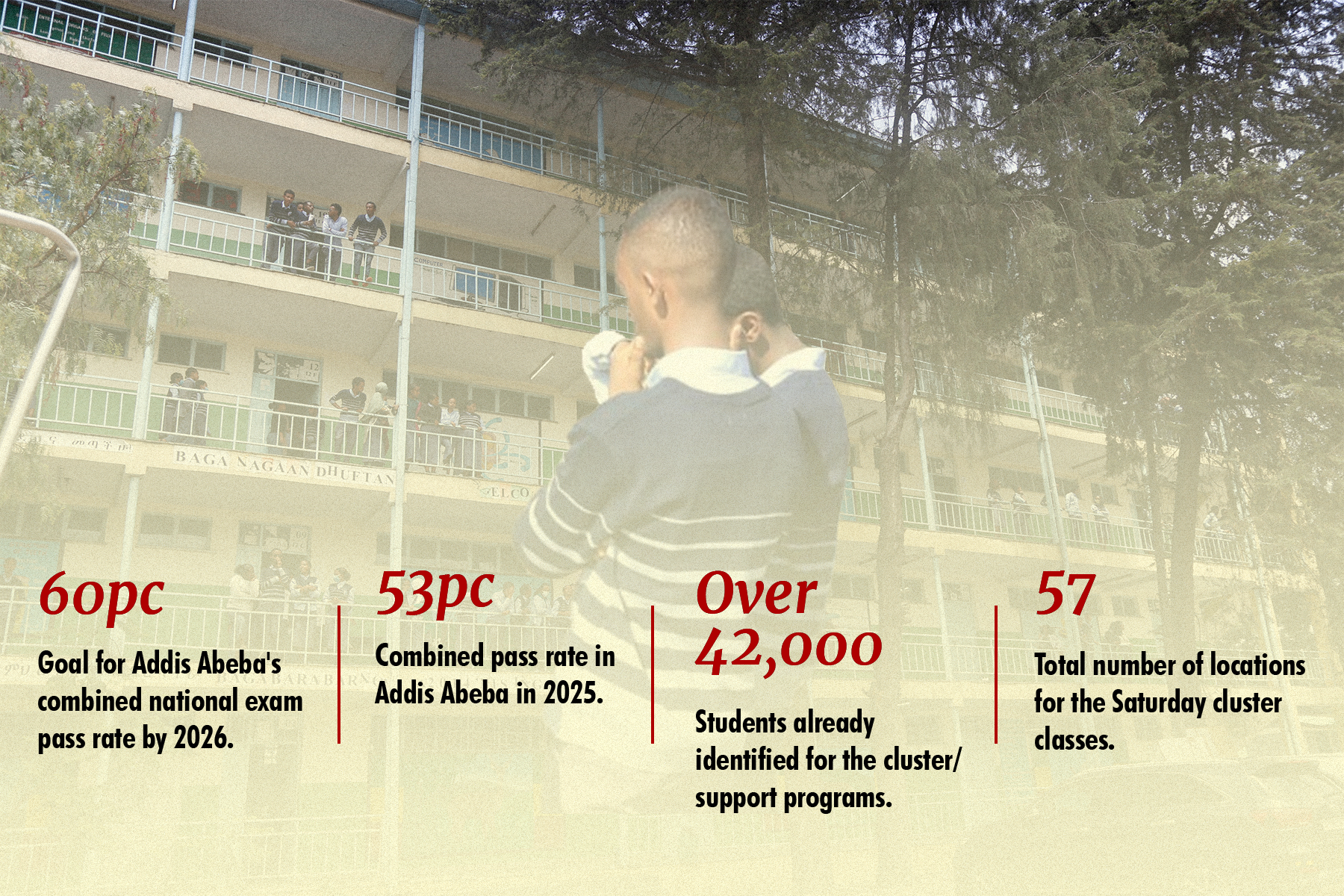
Oct 25 , 2025 . By YITBAREK GETACHEW
Officials of the Addis Abeba's Education Bureau have embarked on an ambitious experim...
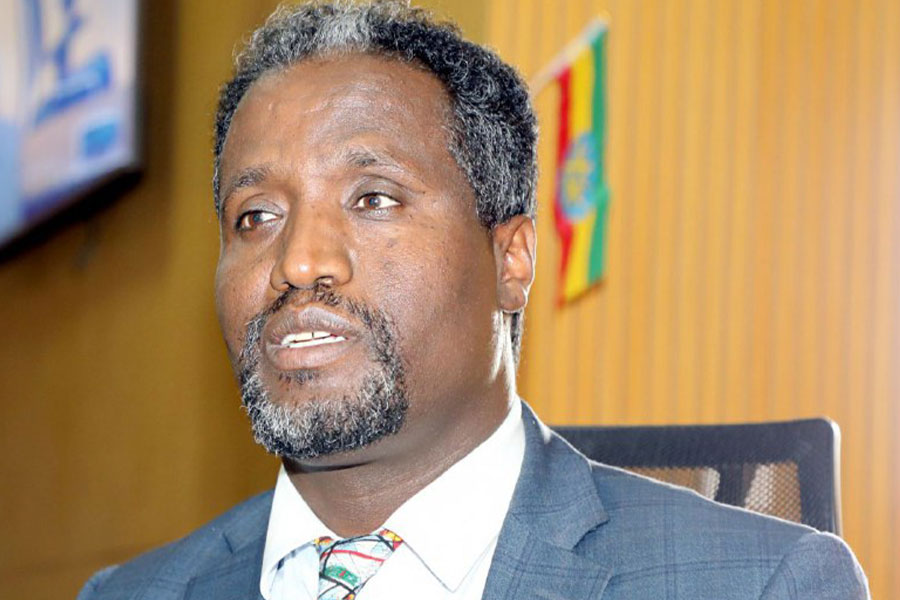
Oct 26 , 2025 . By YITBAREK GETACHEW
The federal government is making a landmark shift in its investment incentive regime...
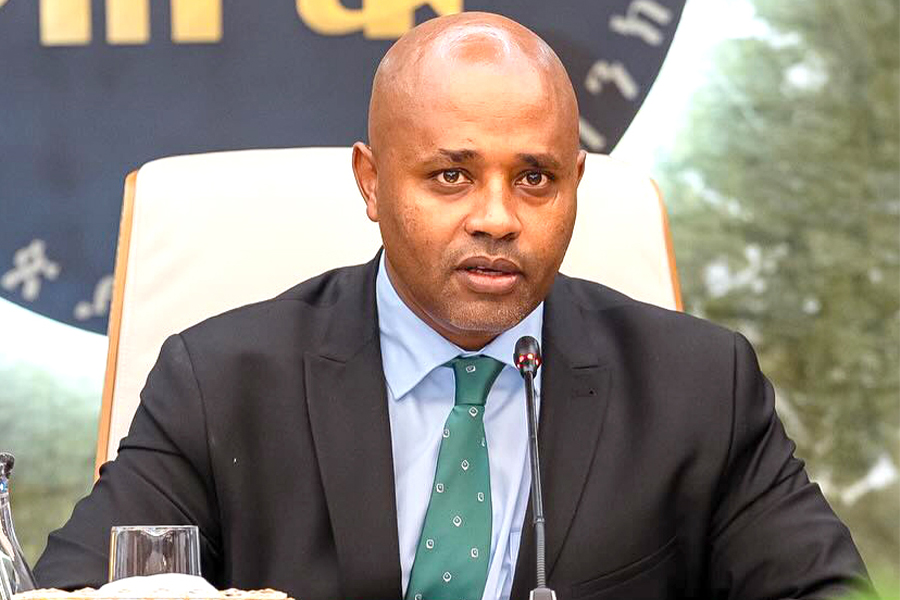
Oct 27 , 2025
The National Bank of Ethiopia (NBE) is preparing to issue a directive that will funda...

Oct 26 , 2025 . By SURAFEL MULUGETA
A community of booksellers shadowing the Ethiopian National Theatre has been jolted b...